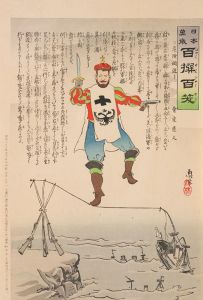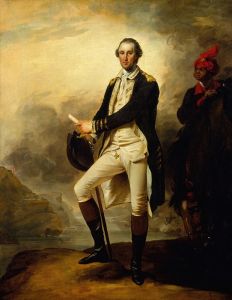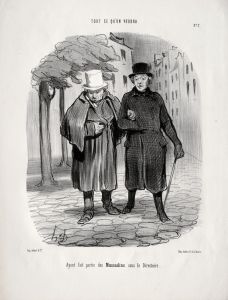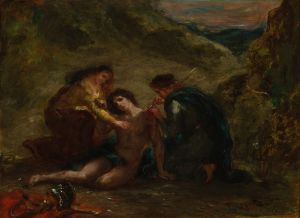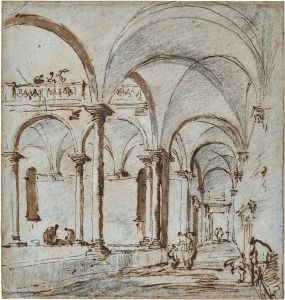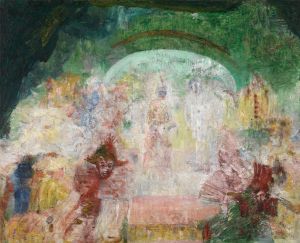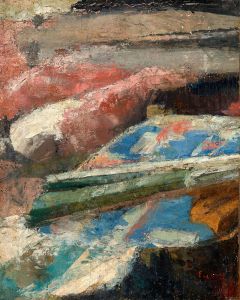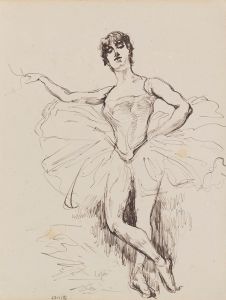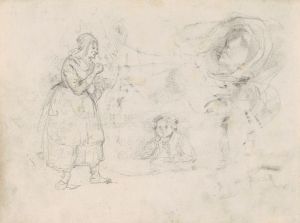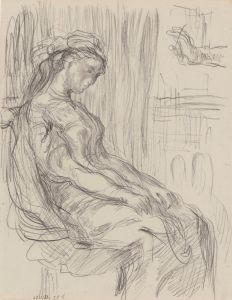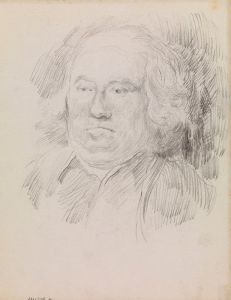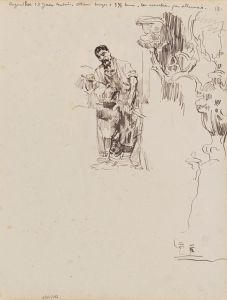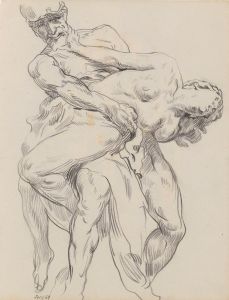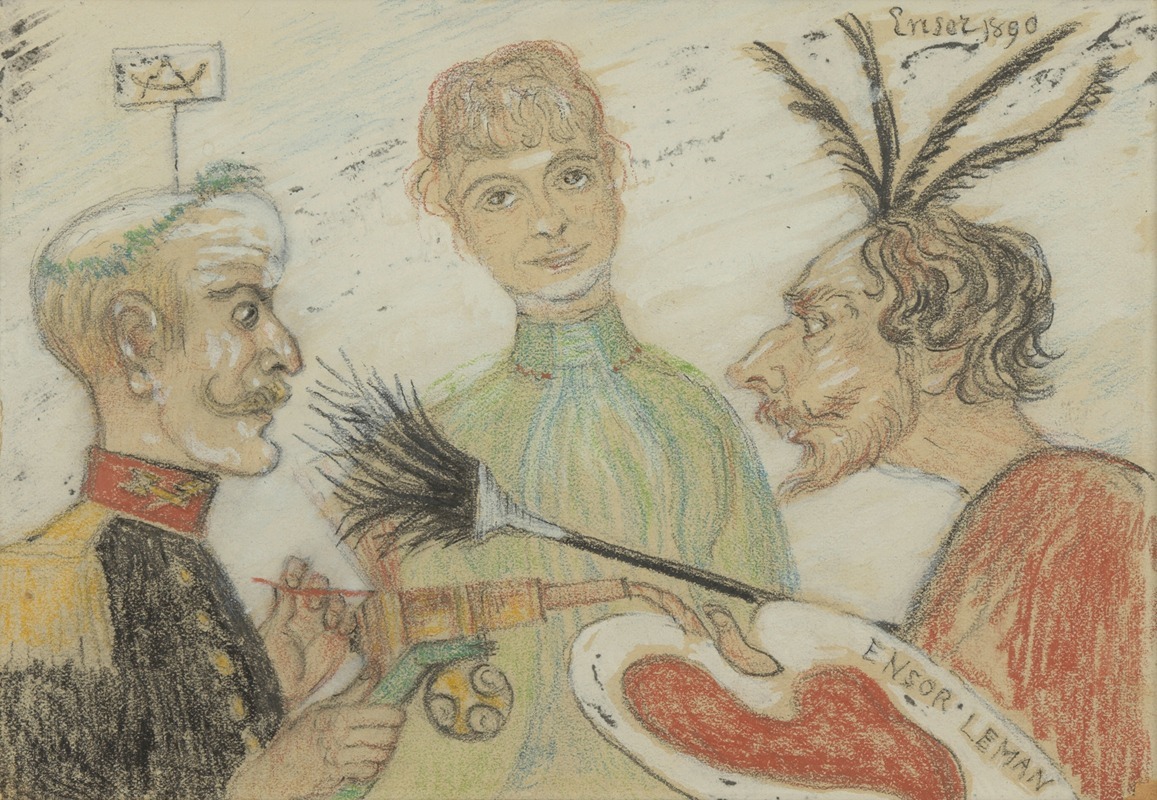
Ensor en Generaal Leman
A hand-painted replica of James Ensor’s masterpiece Ensor en Generaal Leman, meticulously crafted by professional artists to capture the true essence of the original. Each piece is created with museum-quality canvas and rare mineral pigments, carefully painted by experienced artists with delicate brushstrokes and rich, layered colors to perfectly recreate the texture of the original artwork. Unlike machine-printed reproductions, this hand-painted version brings the painting to life, infused with the artist’s emotions and skill in every stroke. Whether for personal collection or home decoration, it instantly elevates the artistic atmosphere of any space.
James Ensor, a renowned Belgian painter and printmaker, is celebrated for his unique and often provocative works that blend elements of symbolism, expressionism, and surrealism. One of his notable paintings is "Ensor en Generaal Leman," which translates to "Ensor and General Leman." This painting is a significant piece within Ensor's oeuvre, reflecting his distinctive style and thematic preoccupations.
James Ensor was born in 1860 in Ostend, Belgium, and he spent most of his life in this coastal city. His early works were influenced by the academic traditions of the 19th century, but he soon developed a more personal and idiosyncratic style. Ensor's art is characterized by its vivid use of color, intricate detail, and often grotesque or fantastical imagery. He frequently incorporated masks, skeletons, and other macabre elements into his compositions, which has led to his association with the Symbolist movement.
"Ensor en Generaal Leman" is a painting that features a self-portrait of the artist alongside a depiction of General Gérard Leman, a prominent Belgian military figure. General Leman is best known for his role in the defense of Liège during the early days of World War I. The Battle of Liège, which took place in August 1914, was a significant event in the early stages of the war, as the Belgian forces, under Leman's command, put up a strong resistance against the advancing German army. Although the city eventually fell, the defense of Liège delayed the German advance and provided valuable time for the Allied forces to mobilize.
In "Ensor en Generaal Leman," Ensor juxtaposes his own image with that of the general, creating a dialogue between the artist and the military hero. This juxtaposition can be interpreted in various ways, but it is clear that Ensor intended to make a statement about the role of the artist in society and the impact of war on cultural and personal identity. The painting reflects Ensor's deep engagement with the social and political issues of his time, as well as his fascination with the interplay between reality and imagination.
Ensor's use of color and composition in this painting is typical of his mature style. The figures are rendered with bold, expressive brushstrokes, and the background is filled with vibrant, almost chaotic details. This dynamic approach creates a sense of movement and energy, drawing the viewer into the complex narrative of the painting.
"Ensor en Generaal Leman" is a testament to James Ensor's ability to blend personal expression with broader historical and cultural themes. It exemplifies his skill in creating works that are both visually striking and intellectually engaging. Ensor's legacy as a pioneering artist continues to be celebrated, and his works remain influential in the world of modern art.





